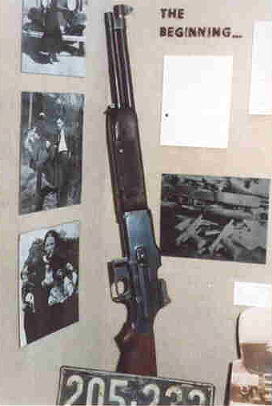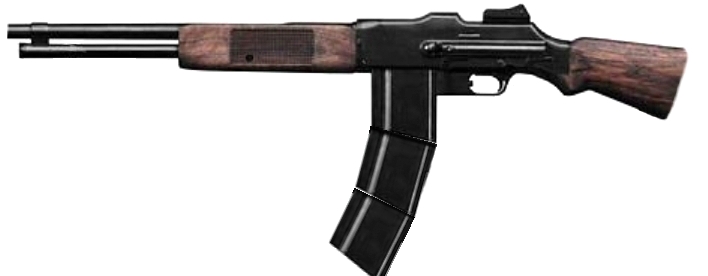Work has begun. Here is the muzzle brake. I made the threaded section a little longer.


Last edited:

Follow along with the video below to see how to install our site as a web app on your home screen.
Note: This feature may not be available in some browsers.



One reason it wasn't adopted by the U.S. Military is because during the trials they said the report was like that of a 37mm gun.The concussion from that 06 round going off is gonna be nuts.
Co-pilot has this to say:Any particular reason the forend on the monitor was so much bigger than a regular BAR?
Go ahead and make it 3- 458 win mag Garands!I had to look up what an HCAR is… spendy rifle to modify, but the finished product is going to be amazing!!!
Now let me know when you are going to do that .458 magnum Garand so I can beg you to do two of them!!!
Another really cool build!!!!
Cheers!
Sirhr
Modifying an Ohio Ordnance M1918 would have been much easier...and way more authentic. The HCR was literally 2.5K cheaper. For that price I have to sacrifice a correct barrel and receiver profile. The HCAR has a dimpled barrel, i.e. fluting, and lightening cuts in the receiver. I have considered milling off the raised ridges from the lightening cuts in the receiver. I think the receiver would still be strong enough. The dimpled barrel is a perhaps insurmountable problem short of just replacing the barrel which I don't want to do. I am considering adding a heat shield or some type of sleeve to hide the dimples.I had to look up what an HCAR is… spendy rifle to modify, but the finished product is going to be amazing!!!
Now let me know when you are going to do that .458 magnum Garand so I can beg you to do two of them!!!
Another really cool build!!!!
Cheers!
Sirhr
“In” for the group buy…Go ahead and make it 3- 458 win mag Garands!
I vote destroy the m1aDid a little research today on building a .458 Garand. Then looked at building a semi-auto .458 on any platform. I think this is a VJJ Punisher skill level project. On the practical side, the .458 and 30-06 are exactly the same overall length. The .30-06 has higher pressures than the .458, so there isn't an issue with the receiver or recoil system being strong enough...in theory.. The bolt head would have to be opened up to accept the larger cartridge base, but that's pretty simple. The bolt locks into the receiver, not the barrel, so again, no modification needed. I guess I could probably do it, but it has the potential to become a money pit.
I may have just talked myself into it...and I believe I have an extra Garand laying around...or M1a
How about filling with devcon?Modifying an Ohio Ordnance M1918 would have been much easier...and way more authentic. The HCR was literally 2.5K cheaper. For that price I have to sacrifice a correct barrel and receiver profile. The HCAR has a dimpled barrel, i.e. fluting, and lightening cuts in the receiver. I have considered milling off the raised ridges from the lightening cuts in the receiver. I think the receiver would still be strong enough. The dimpled barrel is a perhaps insurmountable problem short of just replacing the barrel which I don't want to do. I am considering adding a heat shield or some type of sleeve to hide the dimples.
I considered Devcon, Acraglas and welding. I've repaired pits and gouges in metal before using all three. Devcon and Acraglas always leave a tell- tale outline. Welding can be done to where it is completely undetectable but you're really changing the metallurgy and are probably going to destroy accuracy. This is going to be a more or less Colt R80 sort of inspired copy so I'm just going to leave the barrel as is and maybe hide with a heat shield, which does no harm and is period appropriate...plus it will look bad-ass.How about filling with devcon?

